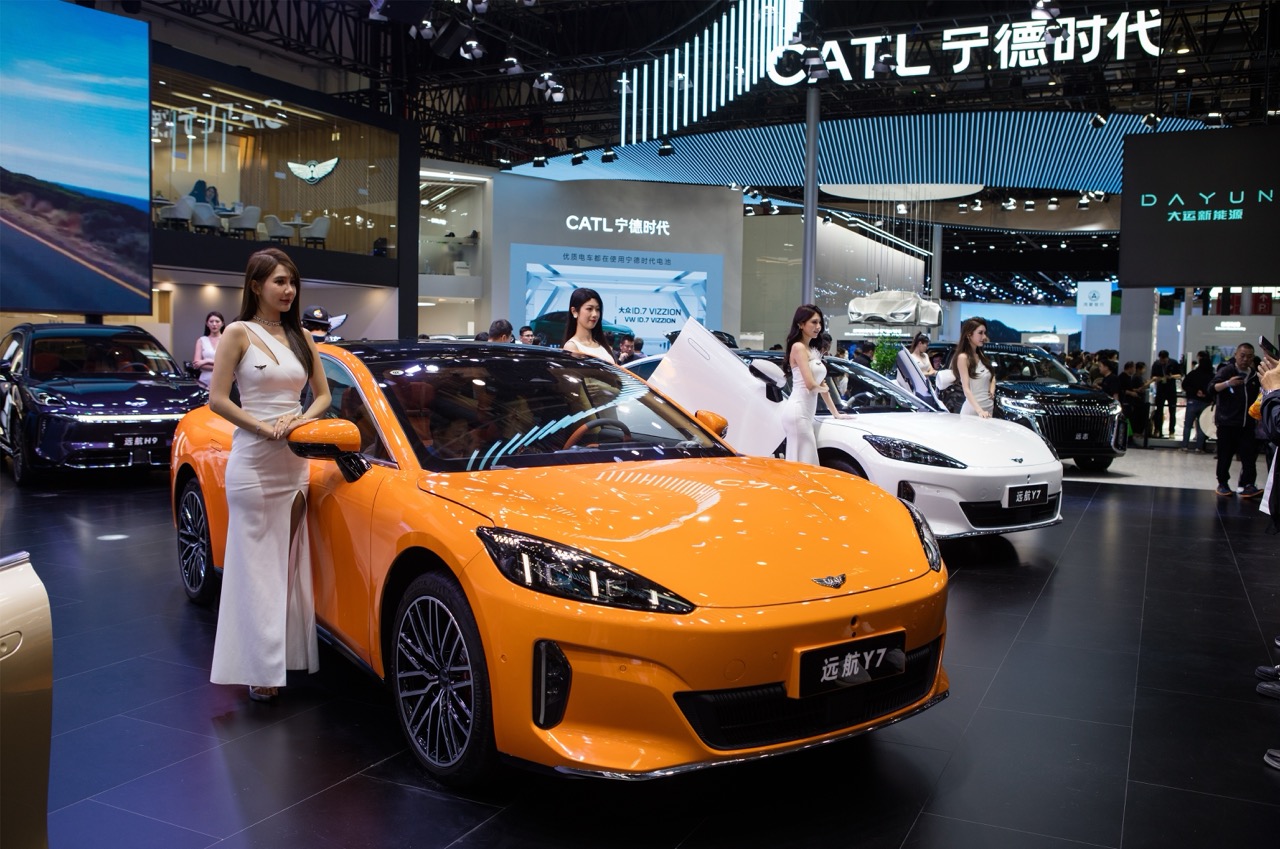
American car manufacturers enjoy showcasing their electric vehicle "revolution." They often flood us with extravagant advertisements, cutting-edge concept cars, and constant discussions about environmental responsibility. However, once you dig deeper beyond the public relations facade, an entirely distinct narrative comes into view.
Even as traditional manufacturers grapple with obsolete supply chains, excessive expenses, and entrenched opposition to transformation, China has stealthily—and methodically—constructed an electric vehicle kingdom. This accomplishment doesn’t rest on speculative ideas or pledges; instead, it relies on tangible output, robust facilities, and genuine market performance.
To be frank: China isn't just catching up; it's moving forward. Yet, much of the international automotive sector remains in denial about this shift.
Chinese brands are already outcompeting Tesla — and they show no signs of slowing down.
Once considered merely a maker of affordable cars, BYD has surpassed Tesla in terms of battery electric vehicle sales within China and is quickly expanding into markets such as Europe, Southeast Asia, South America, and Australia. Meanwhile, companies like XPeng and NIO are producing high-end electric vehicles equipped with advanced technologies including lidar-assisted self-driving capabilities and quick battery-replacement stations that render conventional fast-charging methods seem sluggish.
The technology gap exists — and it's widening.
In China, vehicles can receive over-the-air updates, feature in-car artificial intelligence assistants, use facial recognition for entry, and support rapid charging. already in the market In the Western world, they remain as press release content or are confined to high-end trim levels with exorbitant price tags.
Chinese car manufacturers also lead when it matters most: batteries .
Firms such as CATL and BYD dominate a significant portion of the worldwide battery market—and their influence extends beyond production as they also spearhead advancements in this field. Innovations including solid-state technology, sodium-ion developments, and integrated cell-to-vehicle architectures are originating primarily from research facilities within China. Meanwhile, Western countries find themselves grappling with securing adequate supplies of lithium, often having to depend once again on—yes—the same nation: China.
When it comes to charging infrastructure, China has already pulled far ahead.
There are over 2 million publicly accessible electric vehicle charging stations In China, the number exceeds that of the entire rest of the world combined. Rapid-charging networks now span across the nation. As the U.S. engages in discussions over charger standards and the EU deliberates on subsidies, China proceeds with construction.
Why then does this tale continue to escape widespread attention?
Due to discomfort. For many years, automobiles from the West dominated globally. These companies established trends, imposed benchmarks, and disseminated their design concepts worldwide. However, with the transition towards electric vehicles (EVs), significant weaknesses have been revealed—weaknesses which China has capitalized upon entirely.
No, this isn't related to politics or patriotism. Instead, it focuses on performance, pricing, and manufacturing—areas in which electric vehicles from China currently excel.
If you believe that "Made in China" only refers to low-quality imitations, you're outdated by about ten years. The latest generation of Chinese electric vehicles is more intelligent, quicker, and environmentally friendly—and they might already be available in your area or will soon make an appearance.
The uncomfortable truth?
The next car you buy may bear an American brand, yet should these tendencies persist, the technology beneath the bonnet, the battery placed underneath the flooring, as well as potentially the whole automobile’s design, manufacturing, or procurement could very likely stem from Chinese sources.
The issue isn't whether you'll be driving an electric vehicle from China.
How long your favorite Western brand can last before it becomes one.

Posting Komentar
Posting Komentar